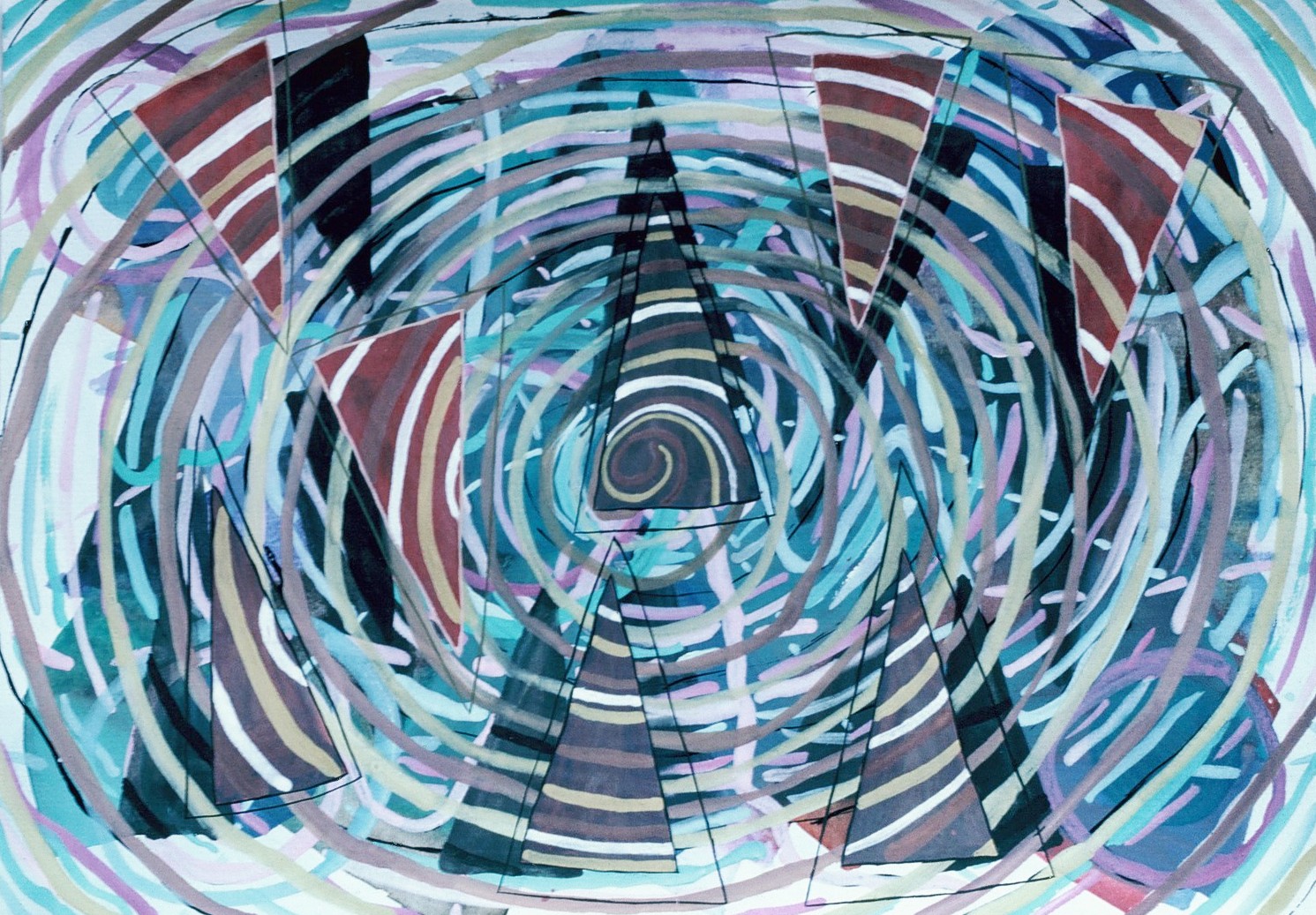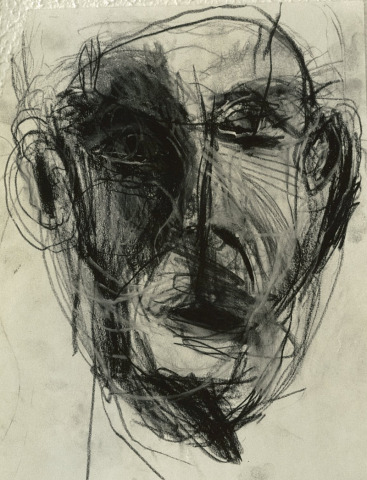Claptrap-Free Artist-runs + From Dalby to Brisbane
By Elsie Brimblecombe
My visits to Brisbane from the grain farm where I lived outside Dalby were sporadic but fairly frequent in the second half of the 1980s. My children were all in their twenties by then and had left home. I was working on a Research Masters degree from the UQ and was also on the DDIAE Council, chairman of several committees. Both these activities required trips to Brisbane for research and meetings.
I always tried to visit galleries while I was in the city. Particularly, I was drawn to the artist-run spaces, temporary galleries set up warehouse-style in buildings which were pending demolition..Here, fresh, interesting, quirky, sincere work could be seen without all the claptrap of the conventional gallery. Also the artists were on the spot and you could talk to them about their work. It was all very immediate and good, I think, for both artist and visitor.
In places like these I saw impressive installations by Wendy Mills and Lyndall Milani. I remember writing some poems after seeing Wendy’s beautiful and haunting work. I sent them to her and she was pleased I did. We became friends and saw each other from time to time for quite a few years and several installations after that.
In 1986 I met Steven Grainger at That Space. He and Eugene Carchesio were exhibiting there together and Steven was manning the show the day I called. I bought a linked pair of paintings by Steven that day. They were roughly framed with bits of glossy alfoil or chocolate paper stuck haphazardly around the edge. I loved this partly narrative duo and his other work as well. Eugene’s work was impressive also, but Steven’s appealed to me more. I think I was drawn to the rawness, the lightness, the depth, the sense of anguish and the humour in his work.
I found out from him later that he had painted these two paintings when he was only seventeen. He said he mixed talcum powder into the paint because he did not have enough white and he had used typing wipe-out fluid to extend the paint so he could finish the painting. As I am typing this I am thinking that here is an example of the value of an artist-run space. The work being shown is not offered at a huge price. I bought these two paintings for $40. If there is talcum powder, sand, or any other thing, added to allow the artist to finish the painting he has not had to deal with a gallery-owner who is concerned with his or her own reputation, as much as, or more than, the artist’s reputation.This painting still hangs in my entry foyer undiminished in its beauty despite its unusual components.
The encounter with Steven at That Space in 1986 was the beginning of my collection of his work and the beginning of a close friendship which still continues, also undiminished, thirty years later. If we had met for the first time in the glamour and excitement of a crowded official gallery the story would be very different or perhaps there would be no story at all.
Out in Dalby where I lived on a grain farm, I was an active member of the Dalby Art Group. I exhibited with them each year at the very prestigious exhibitions which were held at our small gallery on the banks of Myall Creek.Thanks to the lobbying on our behalf by Clinton Tweedie, who seemed to know many well known artists of the period, a number of good artists entered our Art Purchase Prize during the 70s and 80s. As a result Dalby had one of the best collections in a regional gallery in Australia at the time.
I remember one year Ron Radford, the judge, selected my work, “The Solid Furniture of Dreams” from the local section.
I continued painting from time to time all through those years and into the present century. But it is really only in the last seven years I paint often enough to call myself an artist. I find inspiration in text since 2009. I have used Italo Calvino’s novel “Invisible Cities”; Ynes Sanz’s two books of poetry, one about remarkable and mad women, the other about remarkable and mad men; Arthur Rimbaud’s “Illuninations”; Yannis Ritsos’ “Testimonies” and other poems by him. I am having an exhibition in Maleny at some point this year, I hope. The work is based on “The Horse’s Mouth”, a novel by the Irishman, Joyce Cary.
In fact I planned to hang at the Maleny Upfront Club in the next few days is not going to happen, because very unfortunately, after thirty years or so, The Upfront Club is closing its doors at the end of February. This is a great blow to our community because The Upfront Club was an iconic place where live music, art, bohemia, flourished and was enjoyed by all.
Elsie Brimblecombe, January 2016



